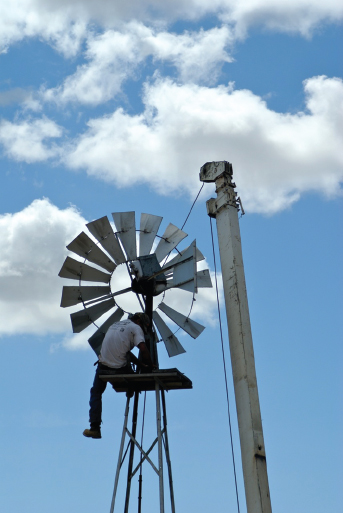Finding and developing materials
Finding and developing materials
develop details
When you write about an event soon after it occurs — for instance, in an accident report for an insurance claim — you have the facts fresh in your mind. Yet even in such cases, evidence helps back up your recollections. That’s why insurance companies encourage drivers to carry a camera in their cars in case they have a collision. The photo freezes details that human memory, especially under pressure, could ignore or forget. Needless to say, when writing about events in the more distant past, other aids to memory help.

Photographs such as this one taken at a Fourth of July parade may help you recall not only the scene but also the moment the photo was taken, who was there, and so on.
© The Orange County Register/ZUMAPress.com.
Consult documents. A journal, if you keep one, will be full of narrative possibilities. But even a daily planner or electronic calendar might hold the facts needed to reconstruct a sequence of events: Just knowing when important meetings occurred may refresh your memory.
Consult images. Not only do photographs and videos document people and places, but they may also generate ideas for personal narratives. Such prompts may revive past events and the feelings they stir up too. Visual images also remind you of physical details — locales, clothing, hairstyles — that can add authenticity to a narrative.
Talk to the people involved. A phone call home or a posting on social media might bring a wealth of information. Family and friends might remember details of a story you’ve forgotten (or suppressed.) They might also see events from a perspective you haven’t considered.
Trust your experiences. Assigned a narrative, lots of people wonder, “What have I done worth writing about”? (find a topic) They underestimate the quality of their own experiences. College students, for example, are incredibly knowledgeable about high school or the local music scene or working minimum-wage jobs or dealing with narrow-minded parents. You don’t have to be a salaried professional to observe life or have something to say about it.
Here’s humorist David Sedaris — who has made a career writing about his very middle-class life from his unique personal perspective — describing the insecurity of many writers:
When I was teaching — I taught for a while — my students would write as if they were raised by wolves. Or raised on the streets. They were middle-class kids and they were ashamed of their background. They felt like unless they grew up in poverty, they had nothing to write about. Which was interesting because I had always thought that poor people were the ones who were ashamed. But it’s not. It’s middle-class people who are ashamed of their lives. And it doesn’t really matter what your life was like, you can write about anything. It’s just the writing of it that is the challenge. I felt sorry for these kids, that they thought that their whole past was absolutely worthless because it was less than remarkable.
— David Sedaris, interviewed in January Magazine, June 2000

If every picture tells a story, what narrative does this image suggest? Consider the missing windmill blade, the worker’s posture, the quiet sky, and any other details that seem important.
John J. Ruszkiewicz.